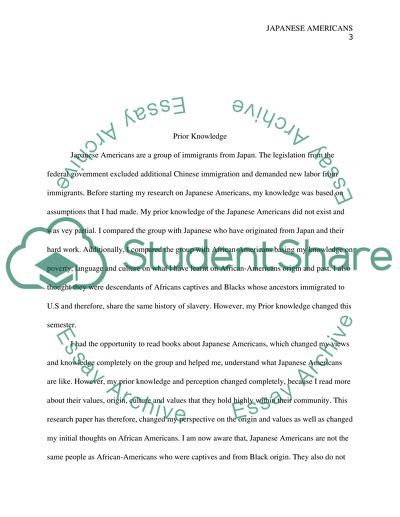Cite this document
(“Japanese Americans Research Paper Example | Topics and Well Written Essays - 2250 words”, n.d.)
Retrieved from https://studentshare.org/education/1436818-japanese-americans
Retrieved from https://studentshare.org/education/1436818-japanese-americans
(Japanese Americans Research Paper Example | Topics and Well Written Essays - 2250 Words)
https://studentshare.org/education/1436818-japanese-americans.
https://studentshare.org/education/1436818-japanese-americans.
“Japanese Americans Research Paper Example | Topics and Well Written Essays - 2250 Words”, n.d. https://studentshare.org/education/1436818-japanese-americans.


